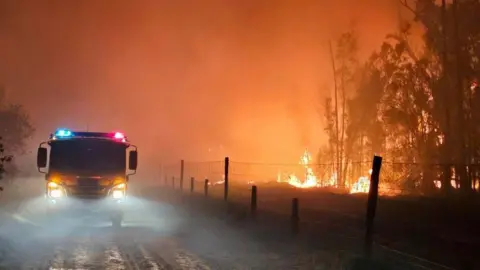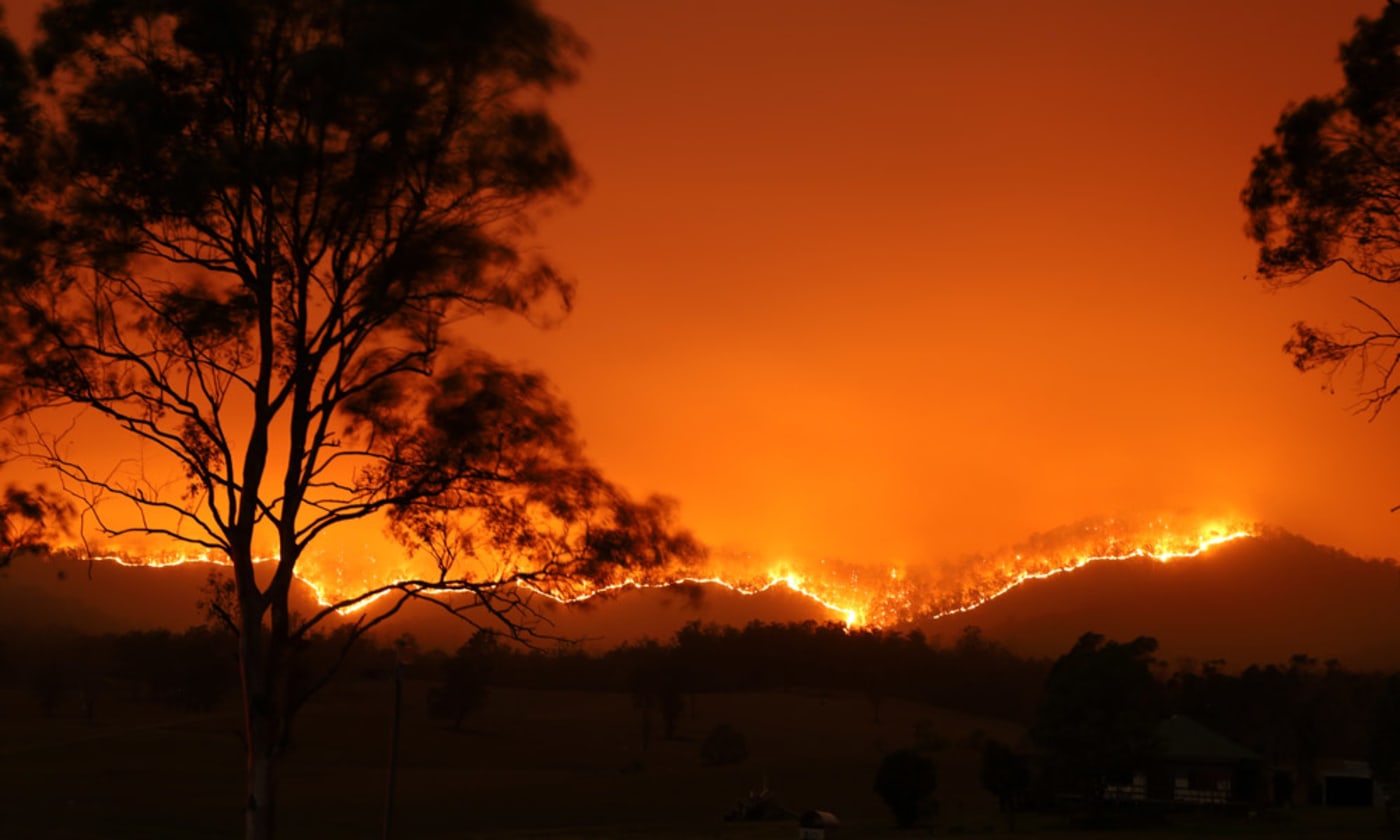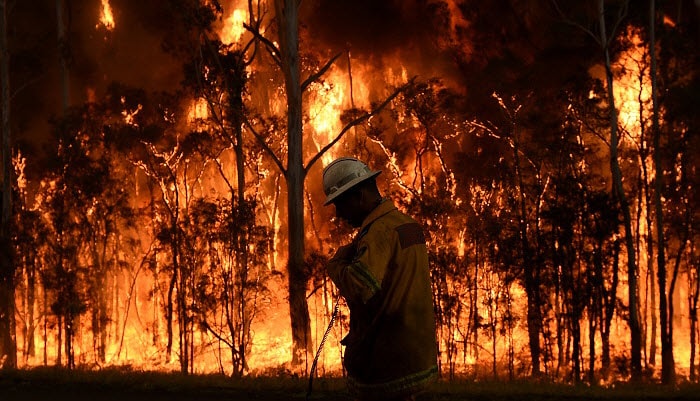Debunking BAL Reports: An Overview to Understanding Your Residential or commercial property's Bushfire Risk
Debunking BAL Reports: An Overview to Understanding Your Residential or commercial property's Bushfire Risk
Blog Article
How BAL Report Impacts Bush Fire Protection Steps
In the realm of bush fire security, the Structure Attack Level (BAL) record stands as an important device that dramatically affects the safety and security and durability of buildings in fire-prone locations - BAL Report. The effect of a BAL evaluation expands much past plain paperwork; it functions as the keystone for establishing the ideal building criteria and fire protection steps necessary to reduce the risks posed by bushfires. As neighborhoods come to grips with significantly extreme fire periods, recognizing just how the BAL report shapes these safety steps becomes critical for homeowners, contractors, and policymakers alike
Comprehending the Bushfire Attack Level

Significance of BAL Record Assessment

Moreover, the BAL record evaluation offers as a foundational action in conforming with lawful responsibilities and demands related to bushfire security. Regional councils and authorities often mandate the submission of a BAL record as component of the planning and building authorization procedure to guarantee that homes are effectively safeguarded against bushfire dangers. Stopping working to conduct a comprehensive BAL report assessment can cause poor security actions, leaving homes at risk to ravaging bushfire occurrences.
Construction Standards Based on BAL
An extensive understanding of the Bushfire Assault Degree (BAL) allows building owners to carry out construction criteria customized to their certain threat account. Construction criteria based on BAL are important in reducing the impact of bushfires on residential properties. The BAL ranking classifies the possible danger a property deals with during a bushfire on a scale from BAL-Low to BAL-FZ (Fire Area)
Implementing Fire Security Actions
With the structure of construction requirements based on Bushfire Assault Level (BAL) in position, the focus currently moves in this link the direction of the practical application of fire protection actions to strengthen homes versus bushfire threats. Executing fire protection steps includes a mix of passive and energetic approaches to boost the durability of buildings in bushfire-prone locations. Easy steps include using fireproof structure materials, setting up ash guards on vents, securing spaces in wall surfaces and roof coverings, and keeping a clear space around the property devoid of flammable plant life. Energetic steps include having firefighting devices readily offered, such as hose pipes and water pumps, along with developing a defendable area around the property by clearing plants and having a properly maintained yard. Furthermore, establishing a discharge strategy and guaranteeing all residents are mindful of emergency situation treatments are crucial components of effective fire protection procedures. By integrating both passive and energetic techniques, buildings can dramatically lower their susceptability to bushfire cases and raise the safety of owners.
Shielding Houses Versus Bushfires
Efficiently safeguarding homes versus the harmful impacts of bushfires requires a aggressive and detailed technique to fire defense actions. In addition, securing vents and voids to prevent ember breach, as well as including fire-resistant doors and home windows, can assist strengthen the home's defense against bushfires. By welcoming an aggressive position and incorporating these protective steps, house owners can considerably boost their possibilities of securing their homes versus bushfires.
Conclusion
In conclusion, the Bushfire Attack Level (BAL) record plays an essential function in identifying the required protection steps versus bushfires. By assessing the BAL, building requirements can visit site be tailored to mitigate the threats and make certain the safety of homes in fire-prone locations. Applying fire defense measures based upon the BAL report is necessary in safeguarding residential or commercial properties from prospective bushfire dangers. It is crucial for home owners to focus on BAL analyses and comply with recommended building and construction criteria to improve bushfire durability.
In examining bushfire threat to residential properties, understanding the Bushfire Assault Degree (BAL) is a vital element for implementing effective protection actions. Generally, a clear understanding of the Bushfire Attack Level is crucial for carrying out appropriate defense actions and mitigating the impact of bushfires on properties.

Report this page